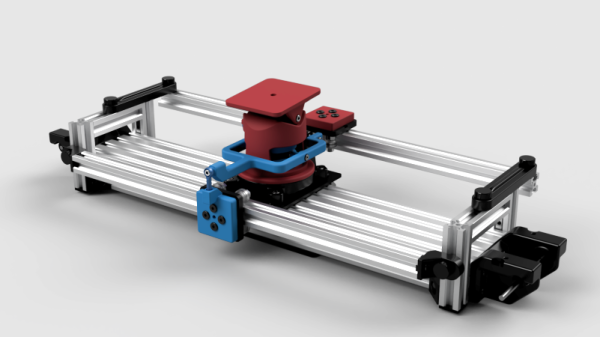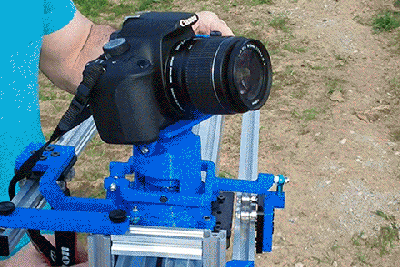There are a few very popular irrigation systems entered into this year’s Hackaday Prize. In fact, last year’s winner for the Best Product portion of the Prize was the Vinduino, a soil moisture monitor for vineyards. Most of these irrigation systems use drip irrigation or are otherwise relatively small-scale. What if you need something a little more powerful? That’s where [Patrick]’s PTSprinkler comes in. It’s a massive lawn sprinkler coupled to a computer controlled pan and tilt mount. Think of it as a remote controlled Super Soaker, or the Internet of squirt guns. Either way, it’s a great entry for this year’s Hackaday Prize.
The PTSprinkler is designed to use as many low-cost, off-the-shelf components as possible. This started out with a heavy duty outdoor pan-tilt stage an irrigation solenoid valve.
The idea for this sprinkler is to first manually define a shape on the lawn that the sprinkler should cover. From there, the electronics figure out a fill pattern for this grassy polygon. So far, [Patrick] has an electronics board that will move the pan/tilt stage with the help of a Raspberry Pi. You can check out a video of that in action below.
Continue reading “Hackaday Prize Entry: Pan And Tilt Sprinkler”













